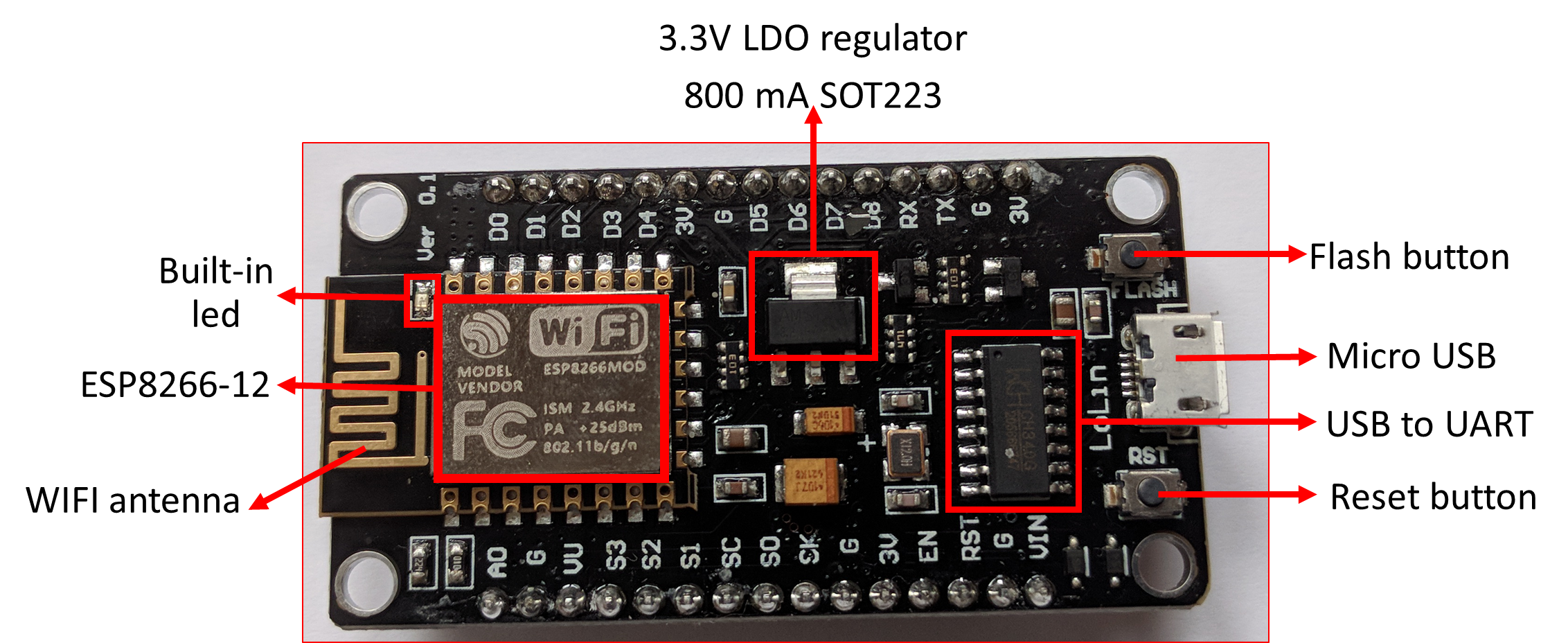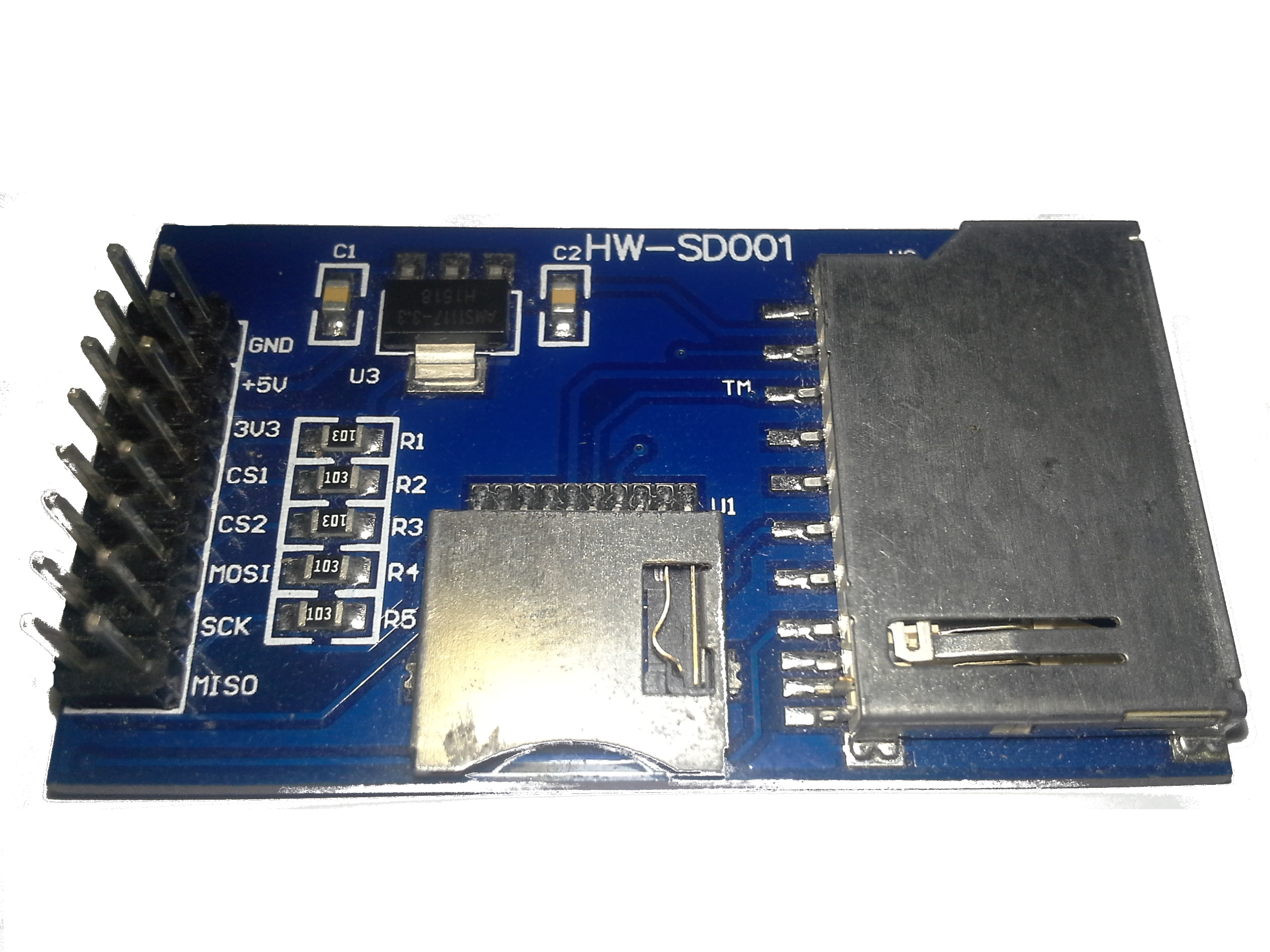
- ESP8266 SPI ARDUINO HOW TO
- ESP8266 SPI ARDUINO SERIAL
- ESP8266 SPI ARDUINO UPDATE
- ESP8266 SPI ARDUINO CODE
- ESP8266 SPI ARDUINO DOWNLOAD
Use of SPIFFS is a great way to store infrequently changing data though it should not be considered for applications requiring many write accesses as it will eventually cause flash to fail.
ESP8266 SPI ARDUINO SERIAL
Serial.println("Reading Data from File:") Īfter uploading, open the Serial Monitor at a baud rate of 115200.

Serial.println("File System Initialized")

ESP8266 SPI ARDUINO CODE
The relevant new code is found in the setup and the handleFileUpload function. When the file is uploaded successfully, it redirects the client to a success page. When it receives a POST request, it sends a status 200 (OK) back to the client to start receiving the file, and then write it to the SPIFFS. In the ESP code, we have to add a handler to our server that handles POST requests to the /upload URI. If you choose a file input, you automatically get a file picker, and the browser will send the right POST request to the server, with the file attached. The easiest way to upload files is by using an HTML form, just like in the first server examples, where we used forms to turn on/off LEDs, and to send the login credentials back to the server.
ESP8266 SPI ARDUINO HOW TO
In this chapter, I’ll show you how to use HTML forms and POST requests to upload or edit files to our little ESP server. There are scenarios where you may want to upload new files to the server from within a browser, without having to connect to the ESP8266 over USB in order to flash a new SPIFFS image. When done, IDE status bar will display SPIFFS Image Uploaded message. This should start uploading the files into ESP8266 flash file system.
ESP8266 SPI ARDUINO DOWNLOAD

Prior versions will fail with a “esptool not found” error because they don’t know how to use esptool.py.
ESP8266 SPI ARDUINO UPDATE

The actual file and DIR objects returned from the file system behave in the same way and the documentation applies to both. They share a compatible API but are inconsistent on-flash implementations, so it is important to choose one or the other per project because attempting to mount a SPIFFS volume under LittleFS can lead to format operation and certainly won’t preserve any files, and vice versa. LittleFS has recently been added and focuses on high performance and directory support, but has high filesystem and per-file overhead (256 byte minimum file allocation unit of SPIFS versus a minimum of 4). File system overhead on Flash is also minimal. SPIFFS is the basic file system and is ideal for space and RAM constrained applications that use multiple small files and care about static and dynamic wear leveling and do not require true directory support.


 0 kommentar(er)
0 kommentar(er)
